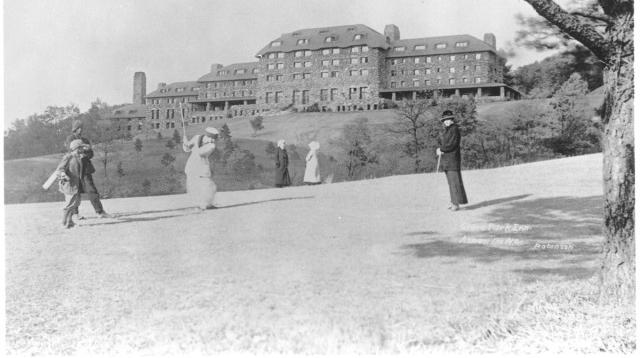The 3.25-acre park on the site of a proposed 50-story Miami Beach tower is more than a just a place to play.
This landscape component at 500 Alton seeks to complement the city’s plans to install a series of pumping stations that will soon parallel the shores of Biscayne Bay.
“We can provide room for water storage in a park that would contain water, and treat it through bio-cleansing before it’s released into the bay,” says Justine Velez, head of the landscape architecture department at Urban Robot, the Miami Beach design firm.
Miami Beach’s flooding is caused by two factors. The city’s covered in generally impervious surfaces, with inadequate stormwater management, exacerbated by high tides. Moreover, the pipes that distribute stormwater into the bay currently lack backflow preventers.
“When the tide is high, the water flows and bubbles up through manholes instead of out to the bay,” she says. “It reverses the gravity flow and pushes backwards.”
Urban Robot proposes to solve that at the park not just with cisterns below grade, but a reservoir rising 30 to 40 feet above, at the end of the site opposite the tower. Stormwater would be pumped up to the reservoir, then allowed to flow down along a manmade stream to a shallow lake. There it would be filtered, cleaned and re-circulated to the reservoir. Then it would be pumped out to the bay.
The idea, Velez says, is to work with the city’s stormwater attenuation efforts, using proven green strategies. Neither would achieve success on their own.
“Miami Beach is so densely populated that it couldn’t achieve stormwater attenuation with green solutions alone – you need to have both green solutions and engineering,” she says. “Pump stations are great, but we can add more stormwater storage, improve the quality of water and provide recreational opportunities.”
Which would make it not just a public park, but one with a conscience.
[slideshow id=1238]


